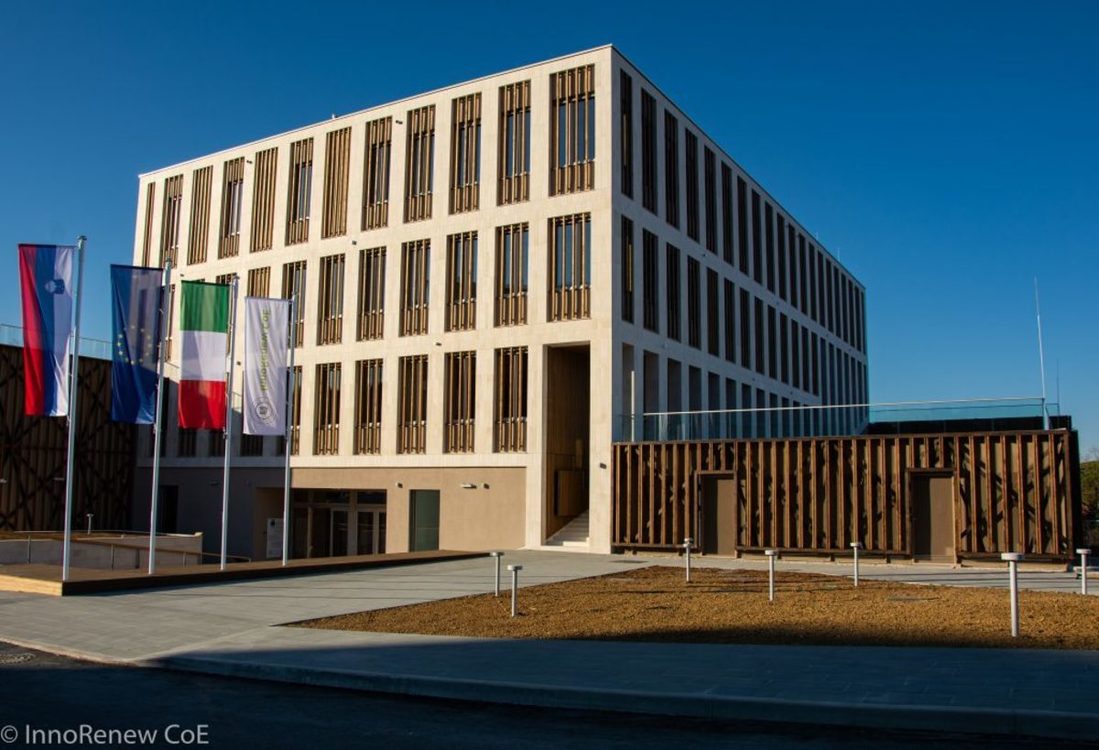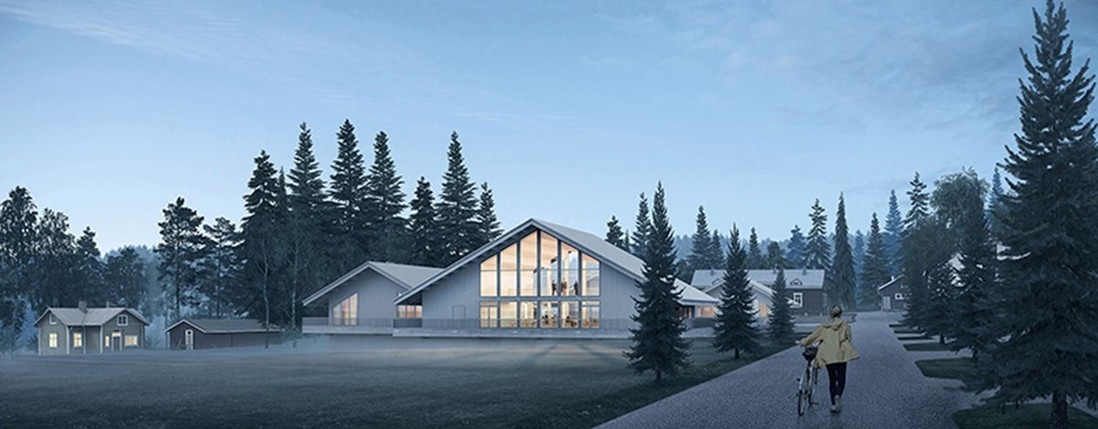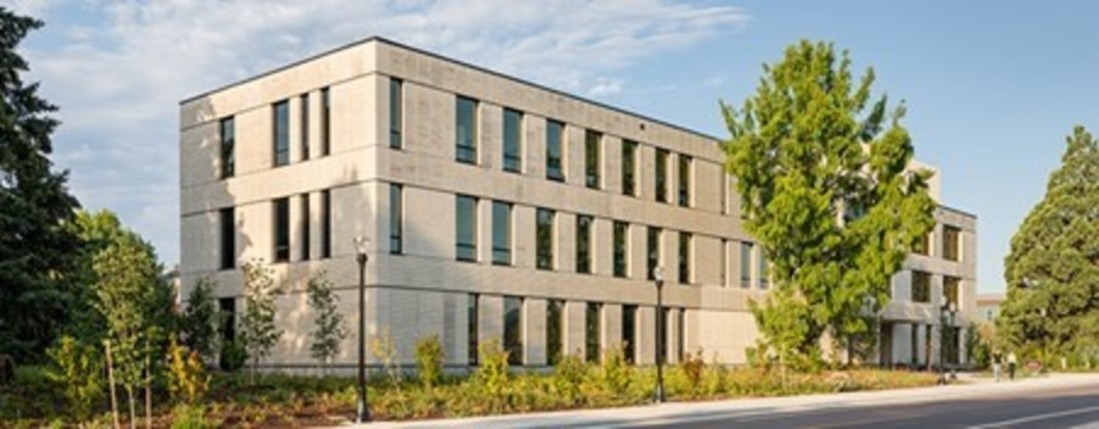An international academic alliance established to advance innovative mass timber building research
Climate change is increasing pressure on the built environment and building sector to transform from a major contributor of greenhouse gas emissions to a central solution. The development of mass timber technology and the use of wood to construct mid to high-rise buildings can serve as a pathway to a more sustainable future, meeting a rapidly growing global urban population needs while decreasing carbon emissions and increasing human health benefits.
International networking and collaboration with researchers at the cutting-edge of mass timber technology, wood science and data-driven infrastructure safety is key to achieving the much-needed breakthroughs to advance innovative mass-timber buildings.
InnoRenew CoE and Faculty of Mathematics, Natural Sciences and Information Technologies at the University of Primorska is partnering with researchers at The College of Forestry at Oregon State University and Faculty of agriculture and forestry at the University of Helsinki to create an international, informal alliance to share mass timber technology data related to structural health monitoring. Structural health monitoring refers to analyses of data generated from sensors and information technologies that observe and monitor changes over time in buildings.
For a wide and systematic use of data from mass timber buildings, there remains a need for standardization and collaboration among researchers. The alliance will utilize first-hand data from three mass-timber projects, the George W. Peavy Forest Science Center (PFSC) in Corvallis, Oregon, USA, InnoRenew CoE in Slovenia, and the Hyytiälä forest station in Finland (University of Helsinki), to help create standards for structural health monitoring. The alliance will collect unique and innovative structural systems data, develop benchmark data for further applications, and cross-reference with other projects.
The PFSC is a three-story building completed in 2019 at Oregon State University and utilizes mass-timber structural elements. These include self-centering, rocking, cross-laminated timber (CLT) shear walls, CLT-concrete composite floor systems, a mass plywood panel roof system, and glulam beams and columns. To determine if the building is performing under static, dynamic, and environmental loads as expected, the PFSC serves as a full-scale living laboratory equipped with sensors. The sensors monitor outdoor and indoor climate conditions, heat and moisture transfer in CLT assemblies, moisture content of structural elements, movement of CLT floor and wall panels, tension losses in CLT shear walls, and global dynamic behavior of the structure.
The InnoRenew CoE’s building, the biggest wooden building in Slovenia, is a hybrid combination of timber, concrete and steel. It was designed according to state-of-the-art principles of contemporary sustainable construction following the principles of REED (Restorative Environmental and Ergonomic Design) based on research outputs from the InnoRenew CoE.

In Finland, four new mass timber buildings at the Hyytiälä forest station, Faculty of agriculture and forestry of the University of Helsinki, are under construction and will be completed in 2022. The structures and walls are CLT, while flooring and roofs are laminated veneer lumber (LVL) based. The buildings are 1-2 story comprising a large catering and studying/conference hall and three accommodation buildings with studio-type rooms. Wooden (walking) bridges and platforms connect the facilities. Two of the buildings will be used to collect data, research structure and material characteristics, and monitor indoor air quality. The buildings offer an opportunity to research human health and well-being, both perceived and experimentally measured.

The academic partners agree to cooperate in exchange for the mutual advancement, support and development of joint projects, publications and scholarship opportunities. Partners will develop standard practices for future structural health monitoring projects by creating standardized data collection, processing and management protocols, and establishing a common methodology for reporting project outputs. To inform transparent governance, ownership and regulation, the network will develop a repository and website with information about projects, data and outputs.
The alliance aims to further expand by attracting researchers from around the world to contribute to new knowledge and future developments in the field of built environment.
For more information about joining the alliance, contact:
InnoRenew COE and University of Primorska:
Andreja Kutnar, andreja.kutnar@innorenew.eu
Oregon State University:
Mariapaola Riggio, mariapaola.riggio@oregonstate.edu
University of Helsinki:
Ritva Toivonen@helsinki.fi
Laura Alakukku@helsinki.fi

